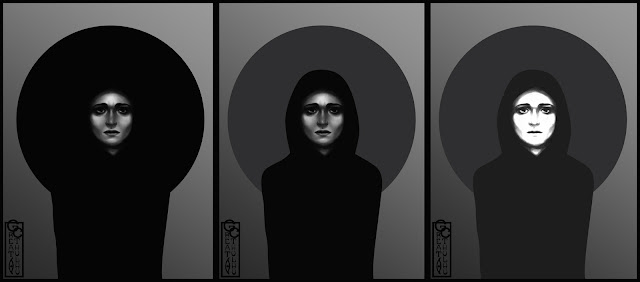Cooking the Classics: Dulce de Leche
COOKING THE CLASSICS: DULCE DE LECHE
A closer look at Dulce de leche, the smooth milky caramel cream which is one of the most popular dessert ingredient in South America.
There are some foods that you want to eat just by hearing their name. Kreplach is not one of them. Neither is vichyssoise. But bouillabaisse? Totally. Even if you don’t know what it is, the mouthfeel of the words makes you hunger for it. Dulce de leche is another one, but once you taste it, you’ll be hooked.
There isn’t much cooking involved in actually making dulce de leche, but once you have it as a primary ingredient, the field opens up considerably. In it’s most basic form, it is sweetened milk (often condensed milk in a can is the starting point) that is slowly heated until is caramelizes as a result of the Maillard reaction.
The Maillard reaction occurs when sugars and amino acids in food get their groove on, due to heat applied to them. Aesthetically, this results in the browning of baked goods and searing of meats, the toasting of grilled cheese sandwiches and marshmallows over an open fire. At higher temperatures, the sugar caramelize, resulting in a caramel-like taste or, in the case of dulce de leche, a form of gooey, fatty milky caramel itself.
WHERE IS DULCE DE LECHE FROM?
There are numerous subtle twists on dulce de leche, which is perhaps the most popular dessert ingredient in South America.
In Cuba, it is often prepared from milk that has curdled. In Puerto Rico, a favorite variant is made with unsweetened coconut milk, whereas central Mexico is into cajeta, made with goat milk. Colombia calls their version arequipe, while El Salvador favors treating the sweetened milk until it has a texture more like soft brown sugar, rather than a luxurious cream. In Argentina, the creamy milk caramel is sandwiched between two buttery cookies to make alfajores. Cinnamon is added in the Dominican Republic, and the result is more slab-like, as equal parts milk and sugar are incorporated. Panamanians like the crystallize the top of the cream, while the wildest in South America is surely Chile’s manjar, which includes butter laced with cannabis. Yowza.
But it’s not all limited to South America. In Poland there are kajmak, which is poured atop cakes. Russians boil cans of condensed milk, which is still the easiest way to make the stuff. In Norway, there’s the wonderfully-named viking-melk, which was a condensed milk in a can that could be boiled in water to produce the goods.
HOW TO MAKE DULCE DE LECHE
Without an easy supply of Viking-melk, and not wanting to cheat (well, not too much), I elect to steer clear of boiling a can of store-bought sweetened, condensed milk. That’s too easy, at least for an article on experimenting in the kitchen. I’m also told that it can be hazardous, for if the can does not remain immersed in water while on the hob, it can explode. The homemade version is also so easy that even this lazy author has no excuse not to go for it. All I have to do is slowly simmer sugar and milk, while stirring constantly.
After about an hour and a half of constant stirring, it’s ready. The process engages the sugars and turns them all brown and caramel-y (thanks Mr. Maillard!) and evaporates most of the water from the milk. The result is a creamy caramel sauce.
COOKING THE TRES LECHES CAKE
Now, what to do with dulce de leche? Eating it with a spoon seems entirely logical or mixing it into coffee. Also using it to pour over something else (a muffin, for example) or to be dipped into (butter cookies, fruit). But the queen of recipes featuring dulce de leche is the Tres Leches Cake.
When my wife and I lived in Madrid, we took some Spanish lessons near Plaza Colon. During lunch breaks, we sometimes ate at La Vaqueria Suiza, which had a killer Tres Leches Cake. As the name suggests, this Mexican and Nicaraguan specialty used three different forms of milk: evaporated, sweetened condensed and heavy cream. It also uses a forth form, but we’ll get to that in a moment.
First you need to make the cake base, which is a standard flour, butter and eggs platform onto which you will pile the flavor. Then you mix a can of sweetened condensed milk, on top of which you pour a can of evaporated milk, on top of which you pour some heavy cream, so you have a three-milk stack in a bowl.
Laying out the cake on a deep pan, you pierce it all over with a fork, then pour the three-milk mixture over the top, so it seeps into the cake and absorbs. Then, to top it off, you pour the fourth milk byproduct, dulce de leche, on the top. That is, if there’s any left over after you’ve eaten most of it with a spoon…


Comments
Post a Comment